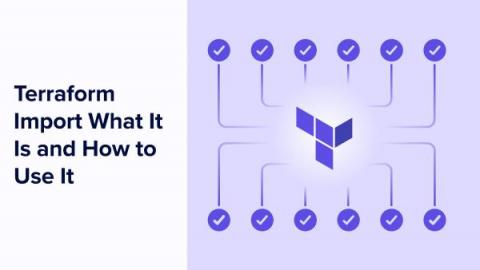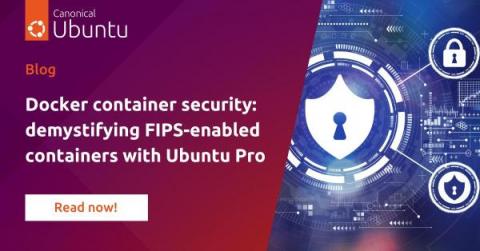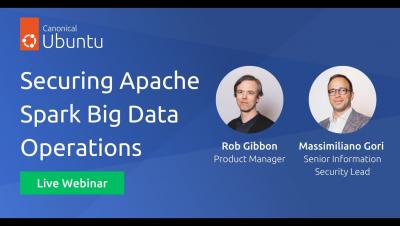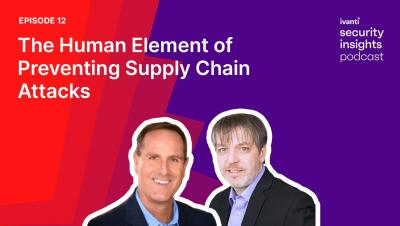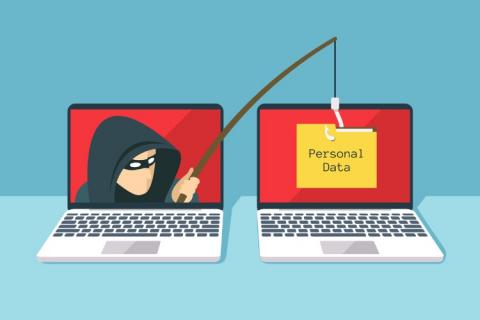Terraform Import: What It Is and How to Use It
In this post we’ll explore Terraform Import, a powerful command-line tool that allows you to bring existing infrastructure under Terraform management. We’ll cover what Terraform Import is, its common use cases, and how to use it effectively. Additionally, we’ll discuss some limitations you should be aware of when using Terraform Import.


